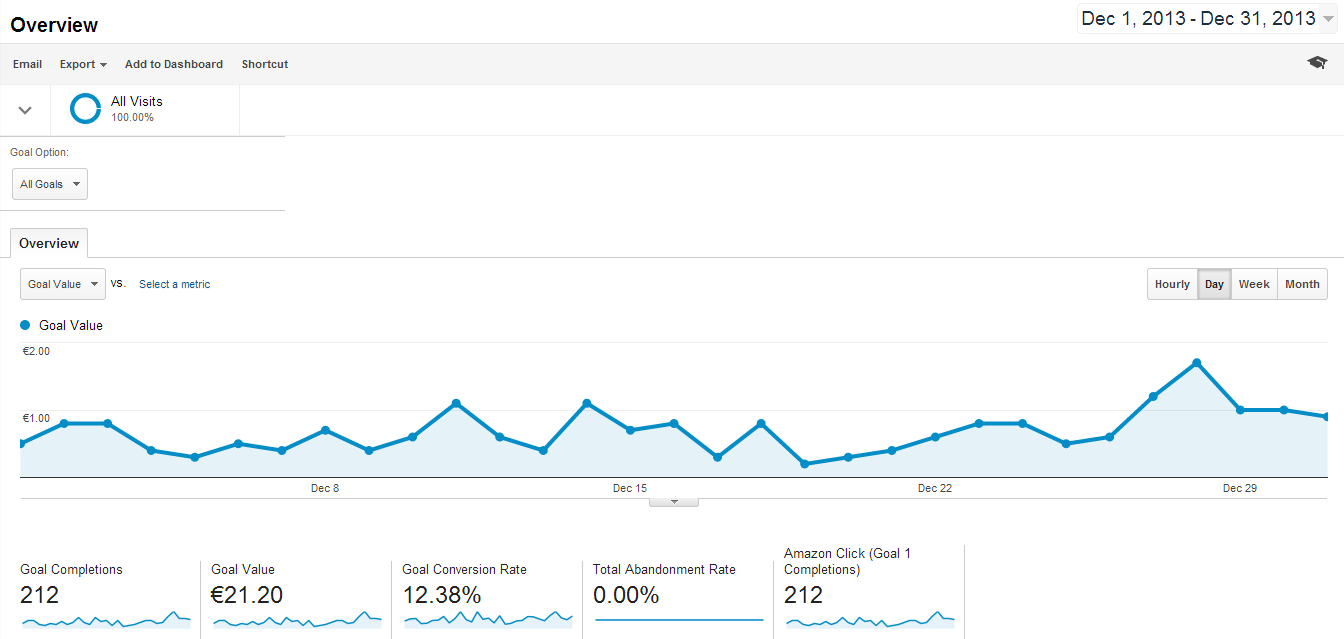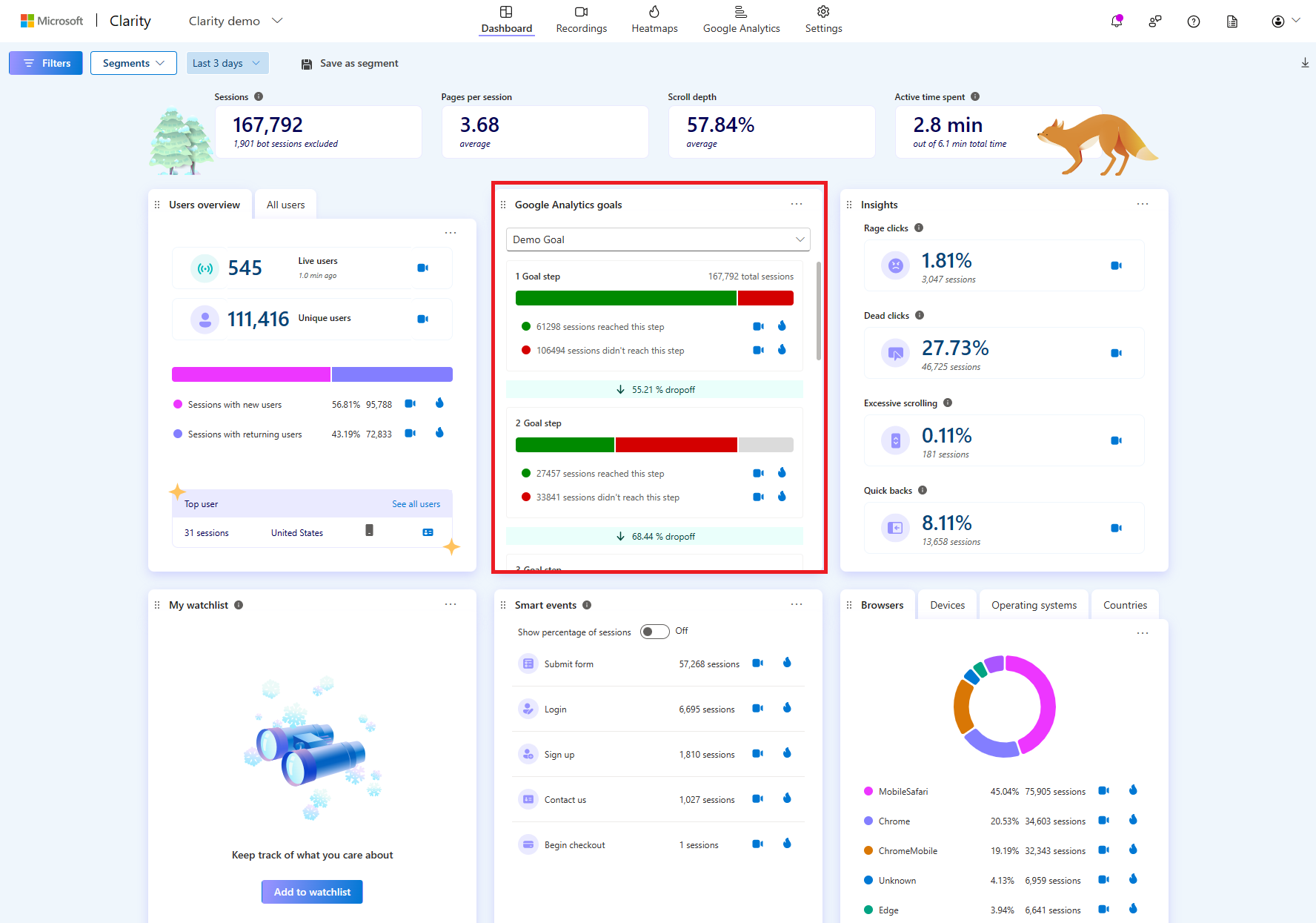Trick Insights on What Data Is Google Analytics Goals Unable to Track
Trick Insights on What Data Is Google Analytics Goals Unable to Track
Blog Article
Debunking Google Analytics Limitations: Uncover What Data Goals Can not Track
In the world of digital analytics, Google Analytics stands as a powerful tool that provides useful understandings right into internet site efficiency and user actions. Amidst its abilities, there exist constraints that usually go undetected. Understanding what Google Analytics can not track is critical for a thorough grasp of information interpretation and decision-making processes. From the details of individual communication with vibrant material to the intricacies of cross-device user journeys, these limitations clarified areas that may remain covered from typical analytics point of views. By deciphering these constraints, a more clear image arises, permitting for even more enlightened strategies and refined insights into user involvement and conversions.

User Communication With Dynamic Web Content
User interaction with vibrant material plays an important duty in comprehending customer behavior on web sites and optimizing the overall individual experience. Dynamic web content refers to aspects on a page that can alter without the requirement for a full web page reload. This includes interactive components such as pop-ups, sliders, kinds, and videos that react to individual activities in real-time. By tracking customer interactions with dynamic web content, site proprietors can gain useful insights right into customer interaction, choices, and behaviors.
Google Analytics provides various tools to track individual communications with dynamic content, such as event monitoring and digital pageviews. Occasion tracking allows you to keep an eye on certain individual actions, like clicking a button or seeing a video clip, supplying information on exactly how users interact with vibrant components. Online pageviews can be utilized to track interactions that do not lead to a brand-new web page tons, offering an extensive view of customer involvement with dynamic content. By evaluating this data, internet site proprietors can make educated choices to boost customer experience and drive conversions.
Cross-Device User Journeys
Just how can modern-day analytics devices track the facility courses customers take across multiple gadgets in their on-line journeys? Cross-device customer trips present a considerable challenge for tracking and evaluating user actions precisely. As customers interact with applications or internet sites using numerous tools such as mobile phones, desktop computers, and tablets, it becomes critical to understand exactly how they relocate in between these systems to maximize individual experience successfully.
Google Analytics faces limitations in tracking cross-device customer journeys because of privacy concerns and technological restrictions - what data is google analytics goals unable to track. While it can offer understandings right into specific devices' communications, tracking a seamless user journey across multiple tools remains a difficulty. This limitation can lead to incomplete information and fragmented user understandings, making it difficult for organizations to develop a unified view of the customer trip
To address this concern, companies can make use of innovative analytics devices that provide cross-device tracking abilities, permitting them to obtain an extra all natural understanding of user actions. By leveraging these devices, businesses can bridge the void in tracking cross-device user journeys and enhance their electronic strategies for a smooth customer experience.
Offline Conversions and Attribution
As services navigate the difficulties of tracking cross-device customer journeys, another critical aspect to take into consideration is the world of offline conversions and acknowledgment in the realm of information analytics. While Google Analytics supplies important understandings right into online user habits, it fails when it involves tracking conversions that take place offline. This constraint positions a significant challenge for businesses that have both online and offline sales channels.
Offline conversions, such as acquisitions made in site physical shops or through call facilities, are vital to comprehending the total consumer journey. Without the capability to attribute these offline conversions to particular online communications, services may have click this link a hard time to properly measure the influence of their digital advertising and marketing efforts.
To address this space, services can check out alternate solutions such as incorporating CRM systems with on-line analytics devices or making use of special promo codes that can be traced back to online campaigns. By bridging the gap in between online and offline data, services can acquire a more comprehensive understanding of their customers' behavior and improve their total marketing methods.
Person User Identification
In the world of information analytics, the ability to accurately identify specific customers across numerous online touchpoints is an important challenge for organizations seeking to customize and enhance their advertising and marketing approaches. While Google Analytics offers important understandings right into user behavior and interactions, it drops brief in enabling the recognition of particular individuals due to personal privacy issues and technological limitations. Google Analytics utilizes distinct identifiers such as cookies to track individual sessions and habits, but these do not equate to recognizing private customers in an individual sense.

Data From Secure Pages
Despite the raising occurrence of secure web pages on web sites, acquiring data from these encrypted resources provides a distinct difficulty for digital analytics systems like Google Analytics. Safeguard web pages, shown by HTTPS in the link, encrypt data traded in between the user's web browser and the web site's web server to make certain personal privacy and safety and security. While this security is essential for shielding sensitive info, it likewise presents constraints for tracking individual behavior and celebration analytics data.
Google Analytics encounters barriers in gathering in-depth details from protected web pages due to the encryption methods in area. Consequently, specific information factors such as referral resources, keyword searches, and even some customer interactions might not be totally recorded when users access an internet site via a safe connection. This constraint can affect the accuracy and efficiency of the data evaluation, causing gaps in recognizing customer actions and choices on safe and secure web pages.
To browse this obstacle, digital experts may need to discover alternative tracking techniques or take advantage of various other devices particularly developed to gather insights from protected web pages. By adjusting methods to suit these constraints, businesses can still obtain valuable analytics despite the restrictions offered by encrypted connections.
Verdict
In conclusion, Google Analytics has restrictions in tracking individual interaction with vibrant content, cross-device user trips, offline conversions, individual customer recognition, and data from secure web pages. Regardless of its important understandings, Google Analytics might not offer a full image of user engagement throughout various touchpoints.
User interaction with vibrant material plays a vital role in understanding user habits on sites and optimizing the general individual experience. By tracking individual communications with vibrant web content, website owners can gain useful insights right into customer involvement, choices, and actions.
Google Analytics uses unique identifiers such as cookies to track user sessions and behavior, but these do not equate to determining private users in a personal feeling.
As an outcome, certain data factors such as recommendation resources, keyword searches, and even some customer communications might not be totally caught when customers access a website through a protected link.In conclusion, Google Analytics has constraints in tracking individual interaction with vibrant web content, cross-device individual journeys, offline conversions, private customer recognition, and data from safe web pages.
Report this page